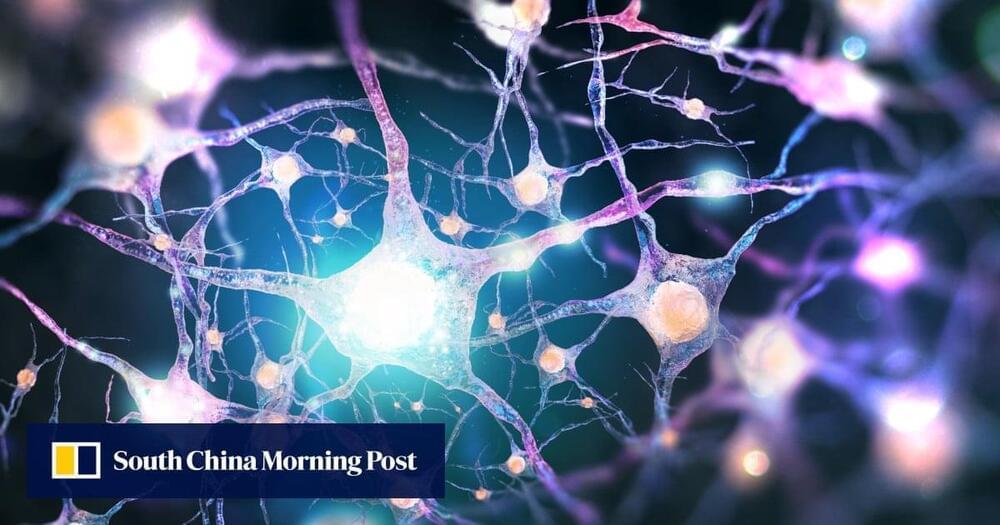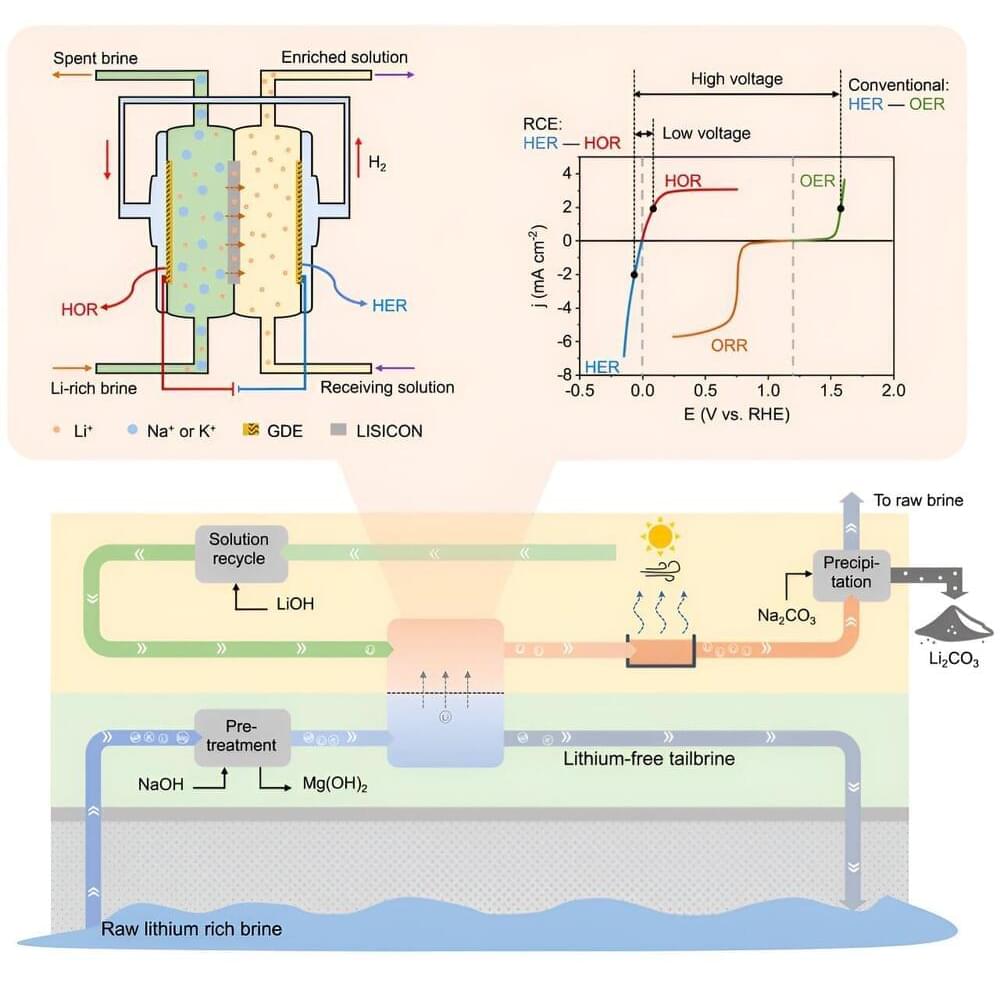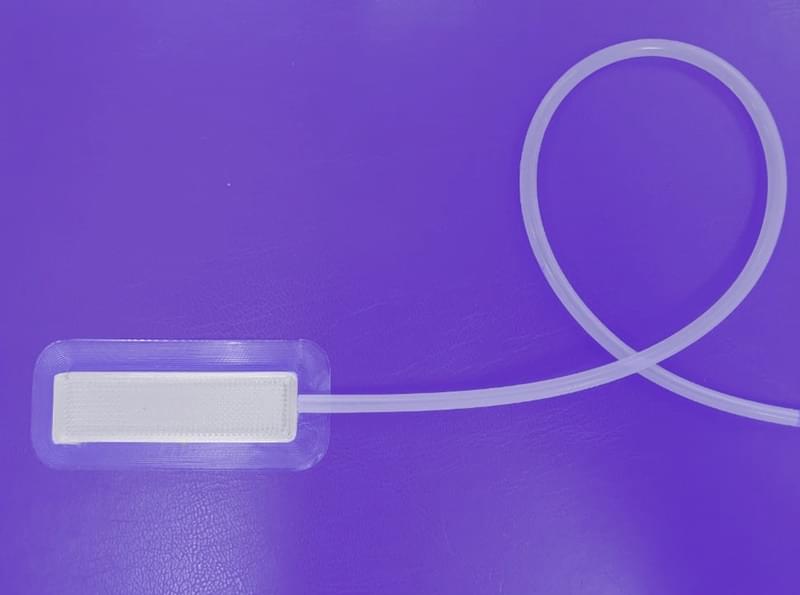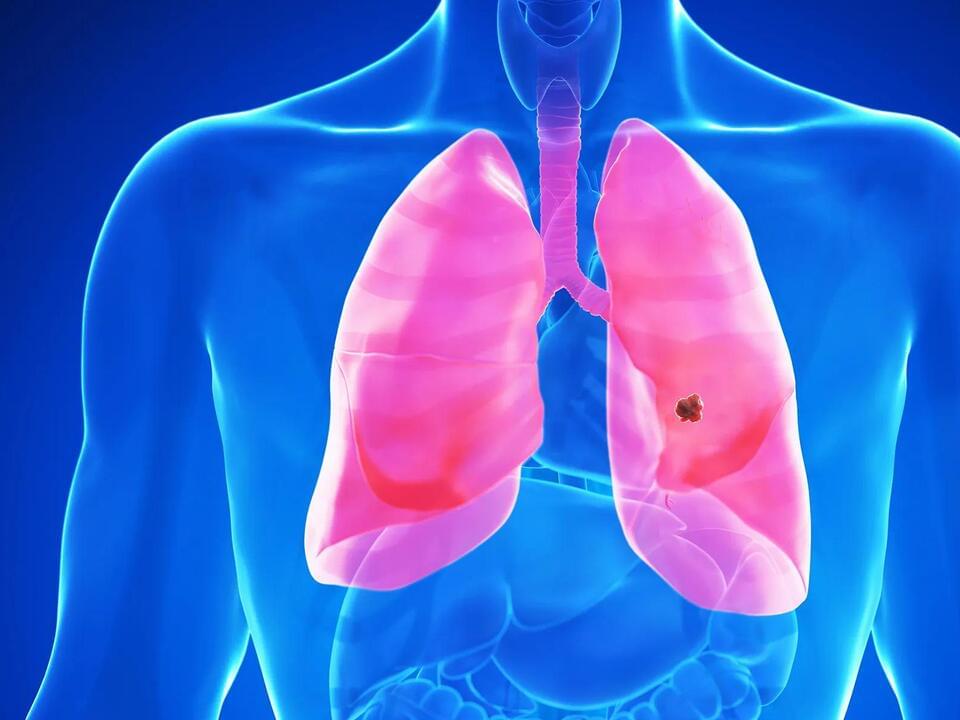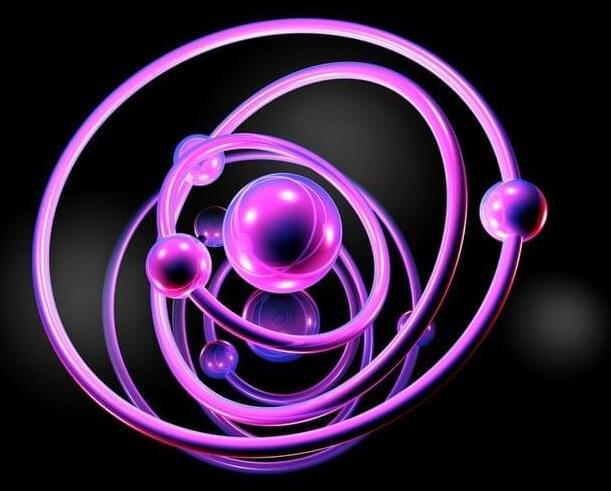American energy storage technology newcomer Form Energy says it has received funding to deploy a groundbreaking 85 MW/8.5 GWh iron-air multi-day battery, which will be capable of up to 100 hours of storage and will be the world’s biggest battery once built.
The US Department of Energy last week announced $US389 million ($A579 million) in funding for the Power Up New England project which seeks to unlock up to 4.8GW of additional offshore wind and innovative battery energy storage systems in the local grids to boost resilience and optimise the delivery of renewable energy.
Part of the Power Up New England project, and easily the most exciting, is the 85 MW/8,500 MWh iron-air battery system to be built on the site of a former paper mill in rural Maine.

